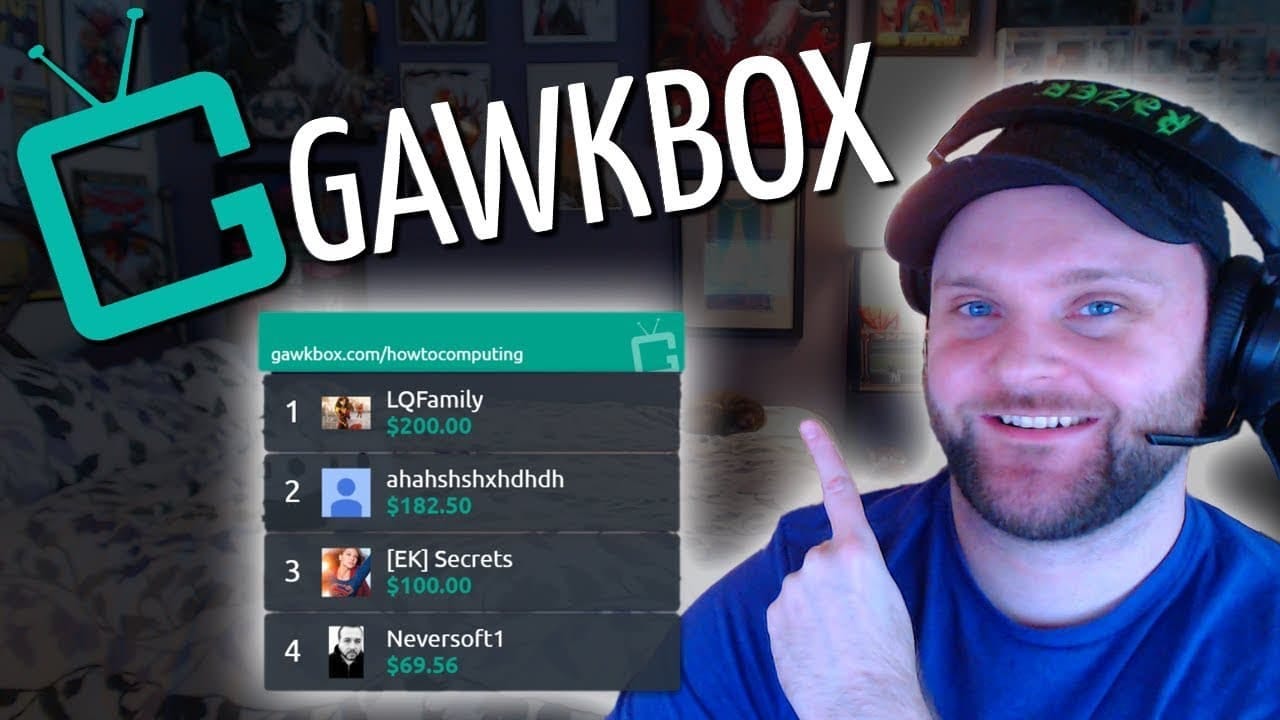
It’s been a few weeks since I announced that we were shutting down the GawkBox product and letting our entire team go.
When anyone starts a company and puts so much into it, shutting it down is never the outcome you want, nor expect. It was a result that we thought would never happen to us. We set out with an ambitious vision to help content creators make a living doing what they love. We made over $1M in our first 18 months. In 2017, our product exploded onto the scene and we saw hundreds of thousands of users flood in. We paid over $1M to nearly 20k content creators. We raised a total of $4.4M across two funding rounds from incredible investors — GawkBox was a horse you’d bet on, and many people did. Yet after 3 years of trying, we couldn’t find a business model to make it work.
I’ve spent the past month dissecting my experience as a first time CEO — playing back some of the pivotal moments and decisions since founding GawkBox. While I wish I was here writing an inspiring success story, the last few weeks of reflection made me realize that there is just as much to learn from our journey, in spite of the outcome. I decided to write this post to share some of the most important learnings from my GawkBox experience.

In my opinion the single most important indicator behind the potential success of a business is how well you know your customer(s). It is imperative to understand their biggest problems so you can experiment and deliver the right solutions to them. Just as crucial to have them close by as you work through the inevitable periods of product iteration — it’s pretty much guaranteed that you won’t get a product right immediately and customers are a crucial piece to help you get there.
My experience these past 3 years taught me about multiple different components to this.
At GawkBox, our product value proposition was a unique, if slightly complex one — we enabled viewers of live streams to exchange their time playing mobile games (from sponsors) for a monetary donation to a streamer. That’s three different types of customer: the mobile game (the advertiser), the streamer and the viewer. It takes time to get to know one type of customer. Doing the same with three is close to impossible — and something that bred a lack of focus for us.
At GawkBox we did a great job of having conversations with streamers — our community team developed long lasting, valuable relationships within the community across Twitch, YouTube and Mixer. However, we did not weigh customer insight and feedback appropriately based upon their potential impact for our business. We needed to acquire many of the largest streamers in the world to reach the scale needed to make our ads based model work. While we had strong relationships with smaller streamers (<100 viewers) — they often have very different priorities and goals to larger streamers who have thousands of viewers. This led us to make decisions based upon how smaller streamers view the world and create a product that we didn’t know was a fit for larger streamers — customers that we needed to bring on board to make the business work.